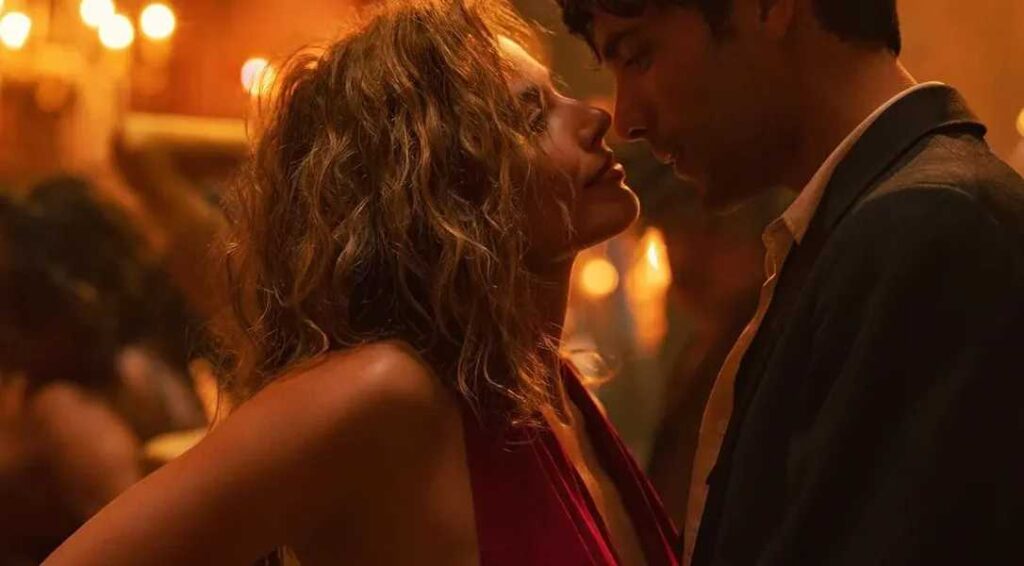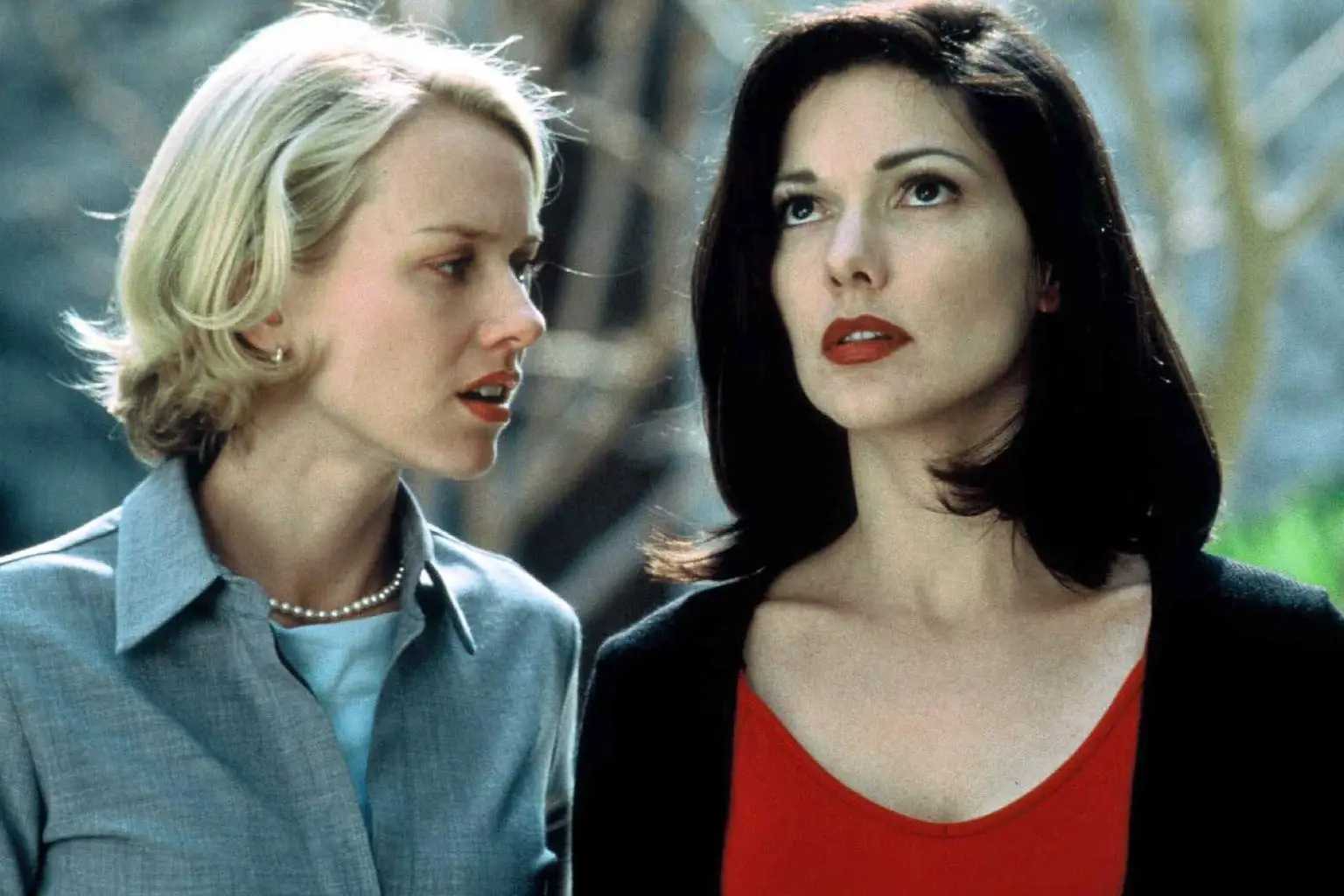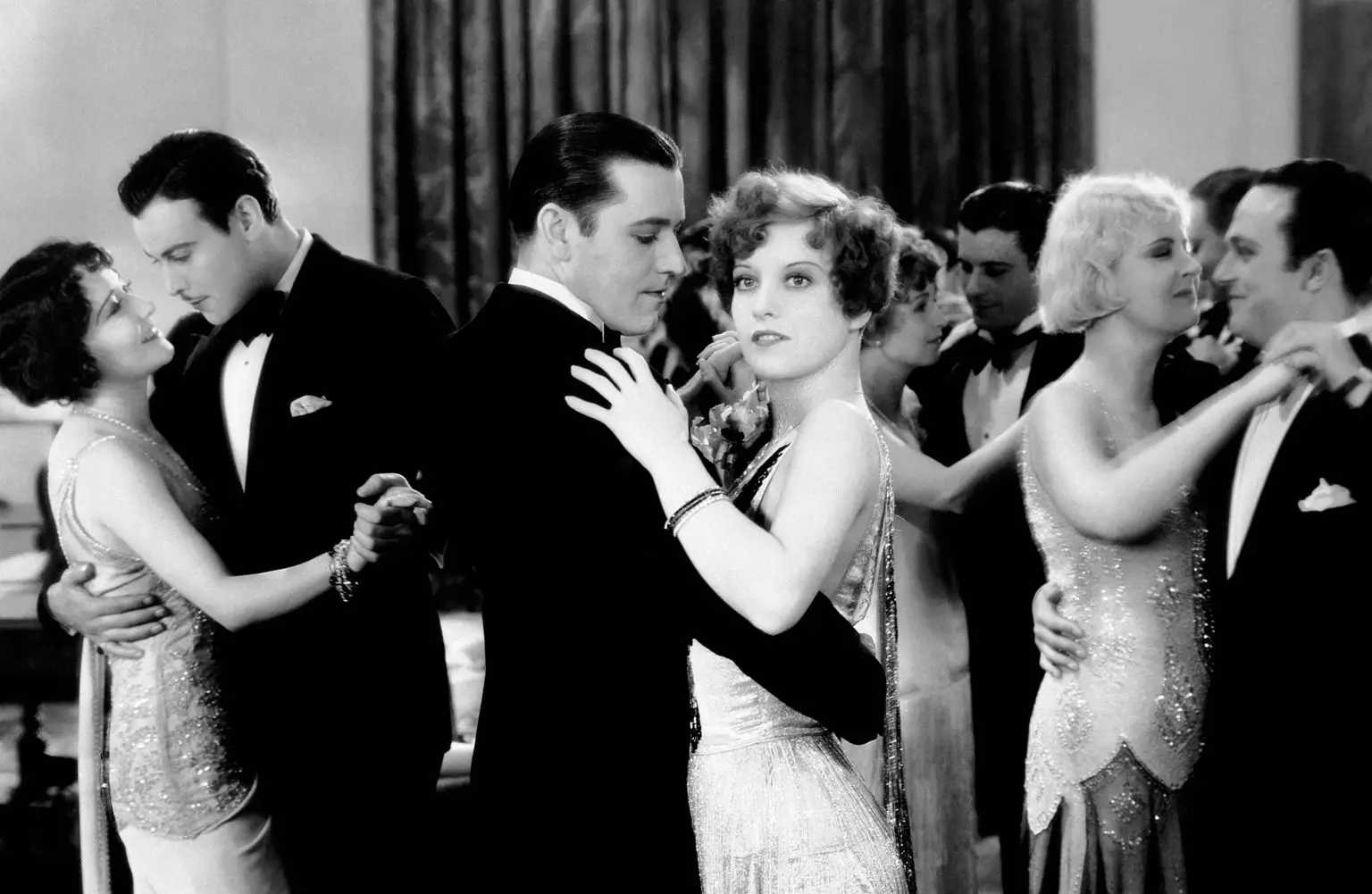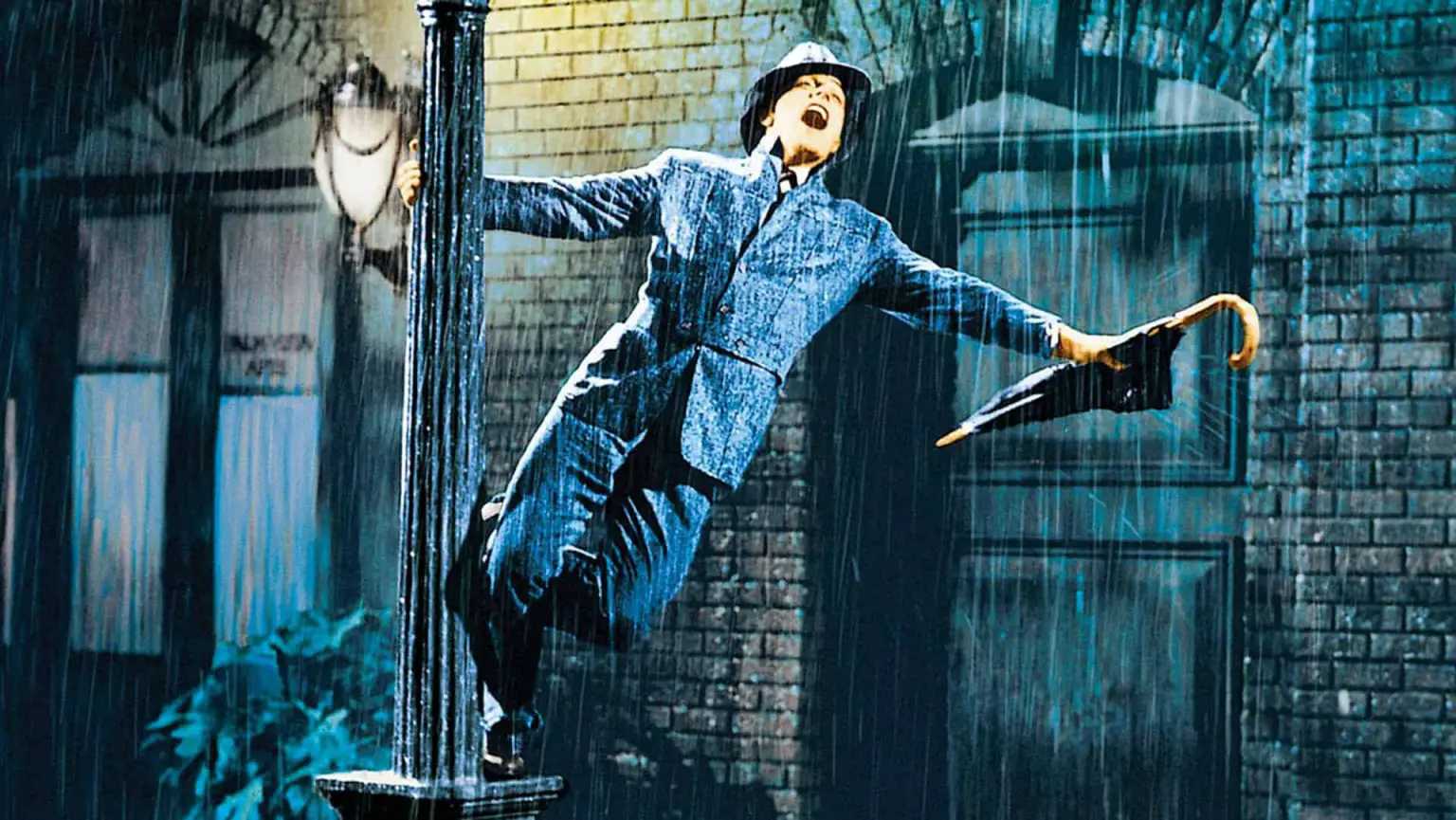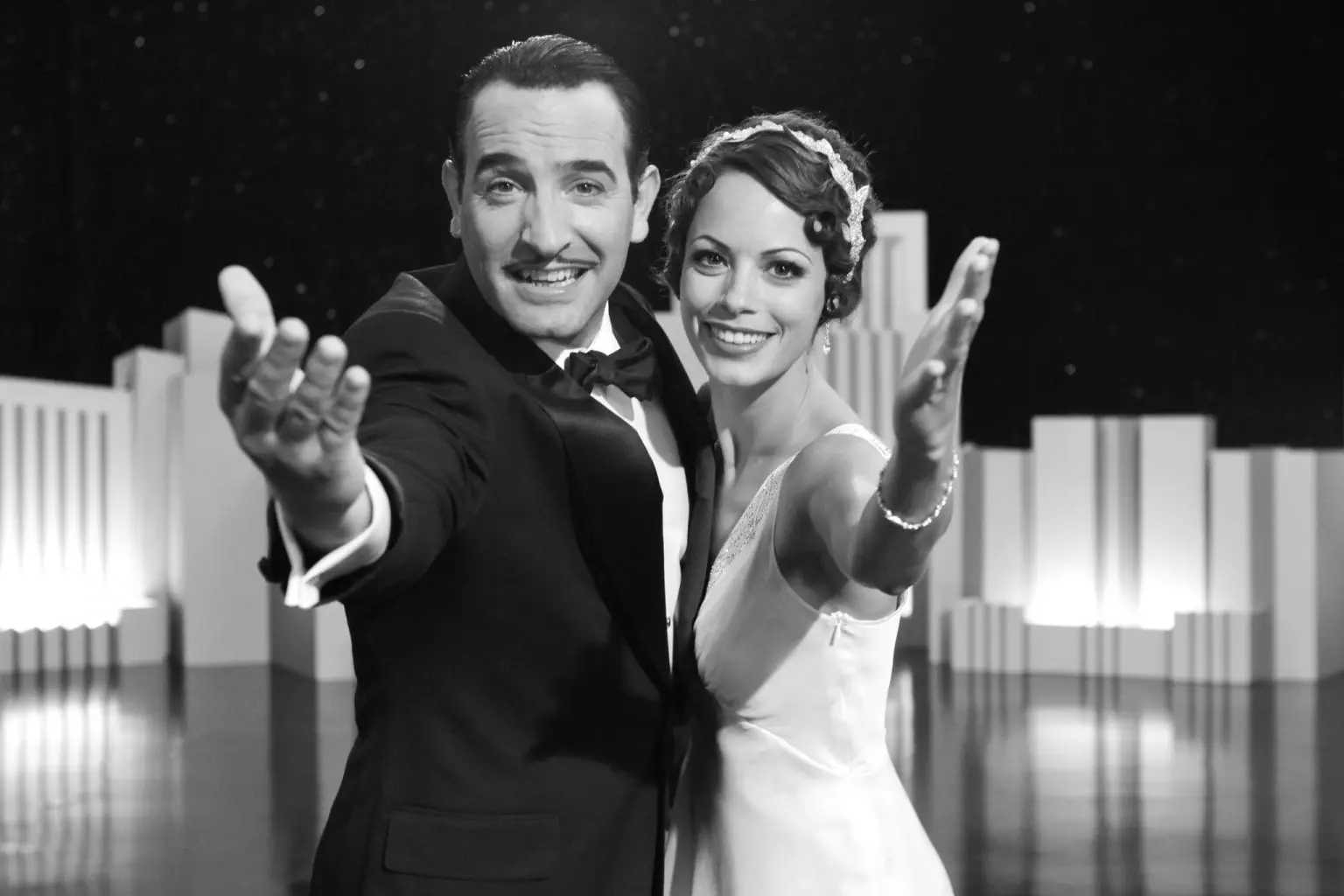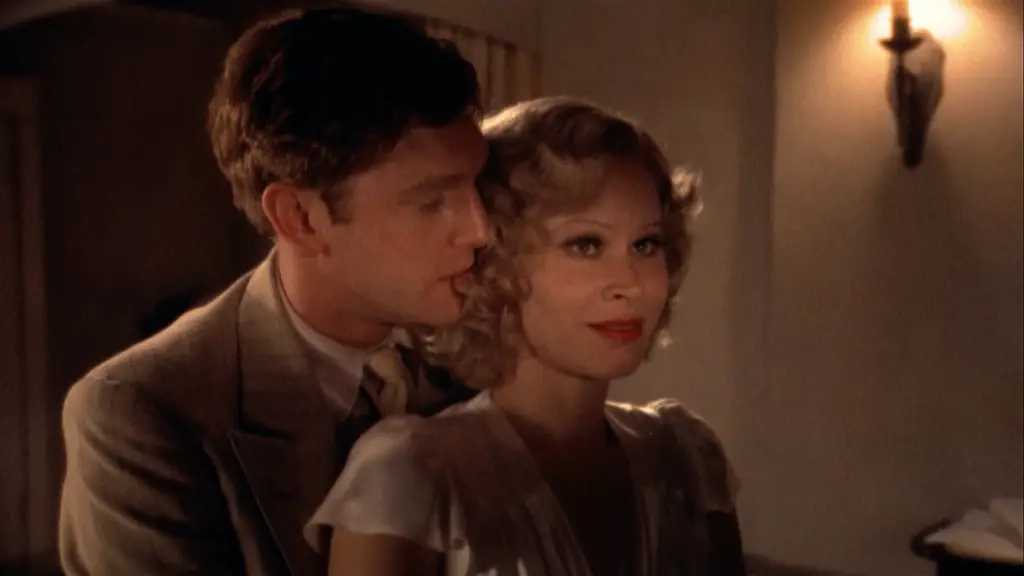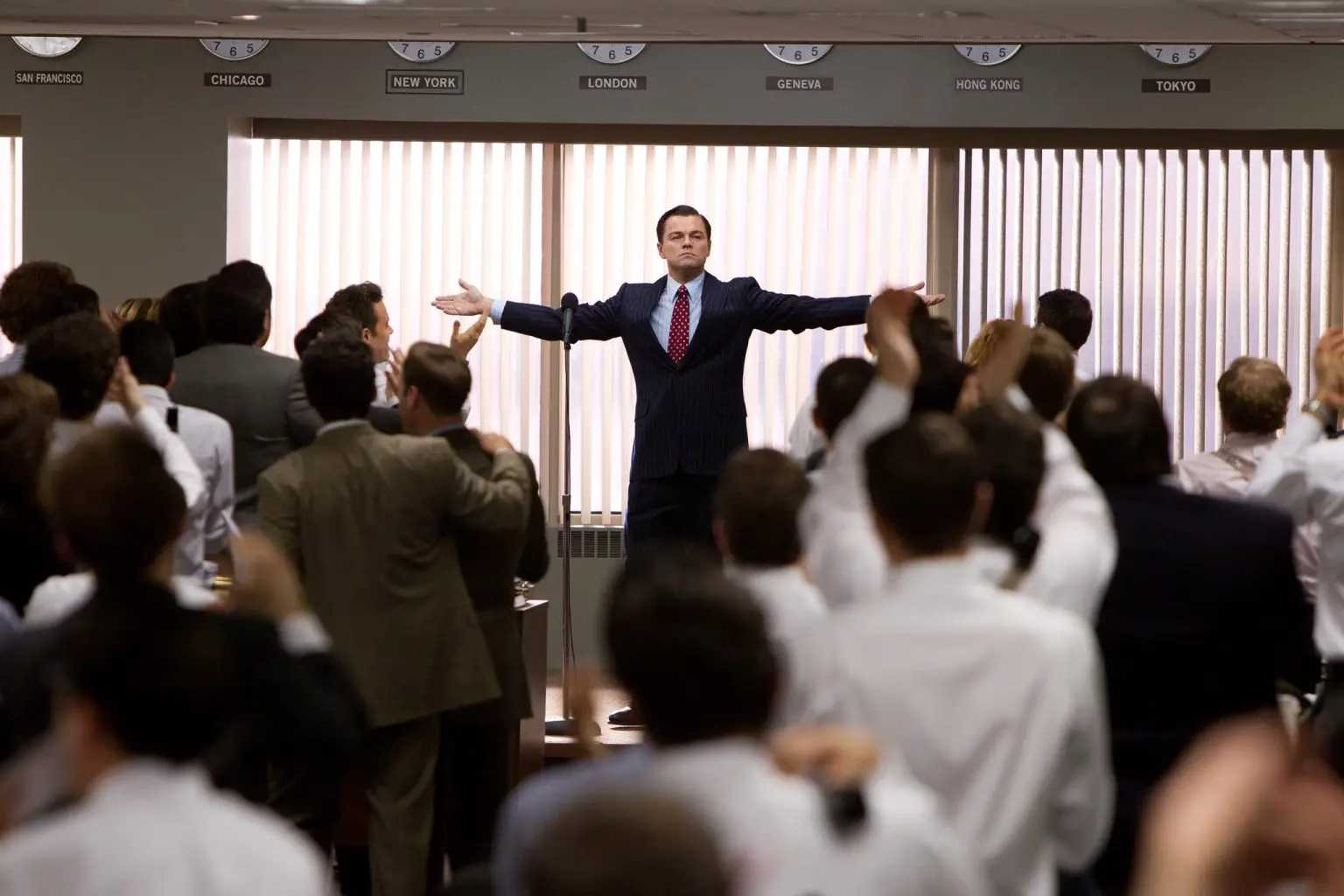Six films to see if you enjoy Babylon (2022): The movie Babylon is enormous in scope. It is outrageous in how it displays everything, from drug use and elephant poop to hedonism. It could also serve as a frightening history lesson about the time when Hollywood was transitioning from silent films to talkies. A few main characters, Manny Torres (played by Diego Calva), Nellie LaRoy (played by Margot Robbie), and Jack Conrad (played by Brad Pitt), as well as a number of supporting characters, are at the center of this glittering orgiastic affair. They are all working to make a name for themselves and a life while navigating Hollywood’s dazzling lights.
The Roaring Twenties are portrayed in Damien Chazelle’s Babylon as a gala of life and youth that is so overflowing with energy that it is almost constantly on the verge of disarray. It depicts a period of transition in Hollywood film history as well as the rise and fall of stardom among well-known fictional Hollywood figures who were influenced by real-life legends. Babylon highlights the spectacle of silent films as well as the utter madness that gave them life. It glorifies the art that cinema is, putting it on the pedestal for the audience to be awed at.
Here is a list of 6 films that are similar to Babylon in case you want to stay a little longer in the drunken, anxiety-inducing haze that Babylon casts over you. Each of these films is a marvel of cinematic history, focusing on Hollywood cinema and its modernist romantic allure or, in their own peculiar ways, portraying the chaotic energy of Babylon.
Mulholland Drive (2001)
David Lynch wrote and directed this neo-noir, which brilliantly captured a psychological reading of Hollywood and won him the Best Director prize at the Cannes Film Festival (2001) as well as an Academy Award nomination in the same year. In this sinister fable, Naomi Watts’s Betty, a want tobe performer, tries to assist Laura Harring’s Rita, an amnesic, in discovering who she really is. The story soon becomes disjointed, forcing the viewer to piece together the truth from a stylised dream sequence and mystery set against the opulent Hollywood hills. It is Lynchian-style unreal and is the ideal jolt after watching Babylon.
Lynch’s masterpiece is almost as graphic as Babylon. Through its numerous allusions to Bergman, Bunuel, and Hitchcock, the latter pays homage to cinema, much as Babylon fictionalizes a number of real-life Hollywood figures from the silent film era, like John Gilbert, Clara Bow, Anna May Wong, etc. They both want to partake in an extraordinary celebration of music and sights. Babylon is interested in an unfiltered quantity of anarchy, whereas Mulholland Drive conjures a sense of mystery and fear in the idyllic country of Hollywood. Both movies want their viewers to feel enough emotion to see the Hollywood dream, which is sometimes glorified, as a nightmare.
Our Dancing Daughters (1928)
This American silent drama film, which was directed by Harry Beaumont, is all about jazz and a representation of the conflicting passions of the Roaring Twenties. In it, Joan Crawford plays Diana, a well-known and flamboyant young woman who is secretly in love with Ben Blaine (played by John Mack Brown), the husband of her close friend Ann. Diana has made the decision to temporarily depart the state because Ann is having an extramarital relationship with Freddie. In this Academy Award-nominated movie, tensions and feelings run high on the night of the boisterous farewell party thrown for Diana.
Similar to Nellie LaRoy, the ambitious female lead in Babylon, Joan Crawford’s career, the most dramatic flapper of the Roaring Twenties and one of F. Scott Fitzgerald’s own young talents, took off after this movie’s debut. After appearing in a silent film as well, the latter’s career soars to stardom. The interesting thing is that Clara Bow, another cinema flapper, who is thought to be the direct inspiration for LaRoy’s character description, particularly the unhappy childhood, mental health, and sleazy father figure components, was Crawford’s real-life competitor. In addition, just like in the movie Babylon, the size of the parties depicted in this movie effectively conveys the sense of voyeuristic delight.
The 10 most iconic American films of all time are featured in seven films that you should watch if you like Babylon (2022).
If You Like Babylon (2022), Here Are 7 Films You Should See: The Anatomy of David Lynch
Singin’ in the Rain (1962)
This American romantic comedy, which was co-directed by Stanley Donen and Gene Kelly, is thought to be an informal portrayal of Hollywood in the days of silent films. Don Lockwood, portrayed by Gene Kelly, is a popularly partnered silent film star from Hollywood in the 1920s with Lina Lamont. The makers of a film featuring Lockwood and Lamont quickly come to the conclusion that Lamont lacks the voice of a leading lady. Cosmo Brown (Donald O’Connor), a stage actress who Lockwood had met the night of his film’s debut, offers that Lamont’s voice be dubbed over by Kathy Selden (Debbie Reynolds). One of the best musicals made in Hollywood, Singin’ in the Rain is bursting with dancing, song, and spectacle.
We already know that Chazelle loves Singin’ in the Rain because of his hit musical La La Land. This 1962 movie is candy-colored and full of feel-good sentiments, unlike Babylon, which is an elaborate concoction of drugs and hedonism. Singin’ in the Rain and Babylon both reflect a critical juncture in Hollywood film history. Nellie LaRoy and Lina Lamont are related to youthful starlet-like personalities whose rise and fall are charted by the shifting demand in Hollywood, in addition to having names that sound quite similar.
Fun fact: They both appear to be courting Pierre as a potential love prospect. Conrad’s role is quite similar to Don Lockwood, a famous silent movie actor. Singin’ in the Rain in Babylon is one of the songs that Conrad is seen singing live on camera. Additionally, throughout the movie, Conrad’s character is shown trashing a script in a fashion that is strikingly similar to Lockwood’s. There is no denying the resemblance.
The 10 Best Movie Musicals in Cinema: 7 Movies to Watch if You Like Babylon (2022)
The Artist (2011)
This French comedy-drama, written and directed by Michel Hazanavicius, is styled to appear like a silent movie in black and white. In 1927, Jean Dujardin portrays George Valentin, a Hollywood movie legend. While Valentin refuses to watch talkies, Peppy Miller’s (Bérénice Bejo) chance encounter with him launched her career. Valentin resolves to fund his own silent movie in two years. Peppy’s talkie, though, tops the box office revenue. In the meantime, Valentin is compelled to sell all of his possessions and is in utter despair.
This witty, off-handedly humorous movie pays homage to the silent film era masterfully and is entertaining to see. Most renowned award shows in 2011 nominated it for awards, including the Best Actor prize at the Cannes Film Festival and the Best Motion Picture – Musical or Comedy prize at the 2012 Golden Globes.
The Artist is a film similar to Babylon that chronicles Hollywood’s transition from the silent to talkie era against the backdrop of the lives of a few chosen actors. Peppy Miller, like Nellie LaRoy, is a nobody who rises to celebrity in Hollywood after one major motion picture. Older actor Valentin exhibits inhibitions toward talkies that are strikingly comparable to those of Jack Conrad, a persona created to stand in for John Gilbert. It’s interesting to notice that in both movies, the spectator sees how Hollywood seduces the performers and how challenging it is for them to make radical changes that would either advance or derail their careers.
The Day of the Locust (1975)
This American historical drama, which was directed by John Schlesinger, is based on the same-titled book by Nathaniel West. It unfolds as a mockery of Hollywood during the Great Depression. To comprehend the apocalyptic side of the sparkling brilliance that comes with Hollywood fame, you could think of this enormous movie as a “Double Bill” for Babylon. In this movie, William Atherton’s character Tod Hackett leases an apartment in California with a number of oddballs, including wannabe actress Faye Greener (Karen Black), her elderly father, and Homer Simpson (Donald Sutherland), an accountant who has feelings for Faye.
Faye struggles to find her place in Hollywood while juggling her love for Tod and Homer with her prostitution and work as a movie extra. It is a tragic movie with a broad perspective that criticizes Hollywood for being overrun by locusts.
This movie, like Babylon, is not at all subtle. It enjoys how complex human characters are portrayed in Hollywood in larger-than-life ways. When you finally realize that both Faye and Nellie LaRoy are doomed, you almost feel the same level of compassion for each of them. The Day of the Locust’s apocalyptic climax exhibits a mass illusion of unimaginable dimensions and is as anxious as Babylon’s tumultuous opening act.
The Wolf of Wall Street (2013)
This American biographical black comedy, which Martin Scorsese directed, takes place on an epic scale. It is based on the same-named memoir by Jordan Belfort. The plot centers on Jordan Belfort (played by Leonardo DiCaprio), who works for Mark Hanna and eventually falls victim to the drug-fueled stockbroker society. After the catastrophic Black Monday stock market decline, we witness Jordan lose his job, find work at a small brokerage, and teach his friends how to “hard sell” when he launches a new business with his neighbor Donnie Azoff. This exuberant dramatization of Jordan Belfort’s rise and fall is simultaneously wildly sumptuous and brutally cramped.
Surprisingly, Margot Robbie has outstanding performances in both movies. In Babylon, she portrays a rising Hollywood starlet; however, in this instance, Naomi Lapaglia is Belfort’s second wife. The Wolf of Wall Street, like to Babylon, enjoys the excess of America’s most conceited class. The lifestyles of the characters are continuously thrown off balance by drugs, sex, and prostitution. Robbie even contrasted the drunkenness and party scenes in both films in an interview. Aside from these, both movies are beautifully shot and fairly long (about 3 hours).

